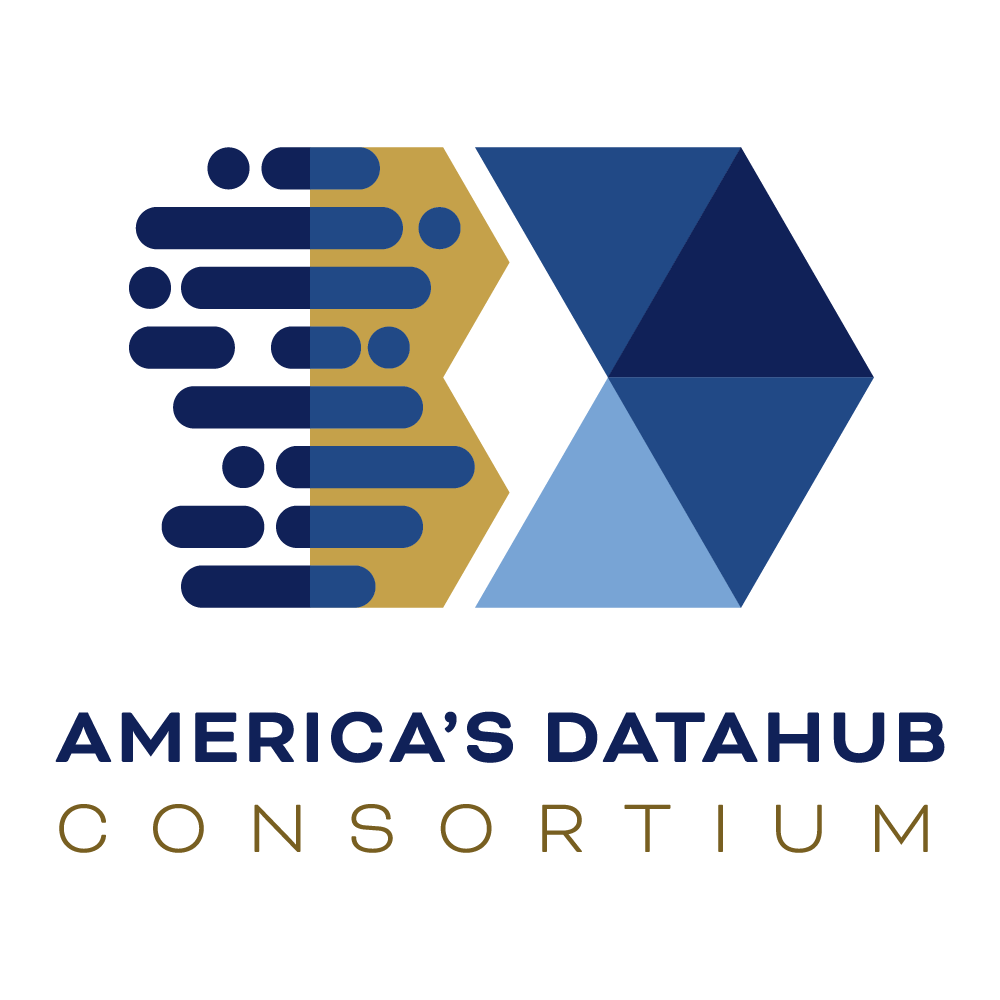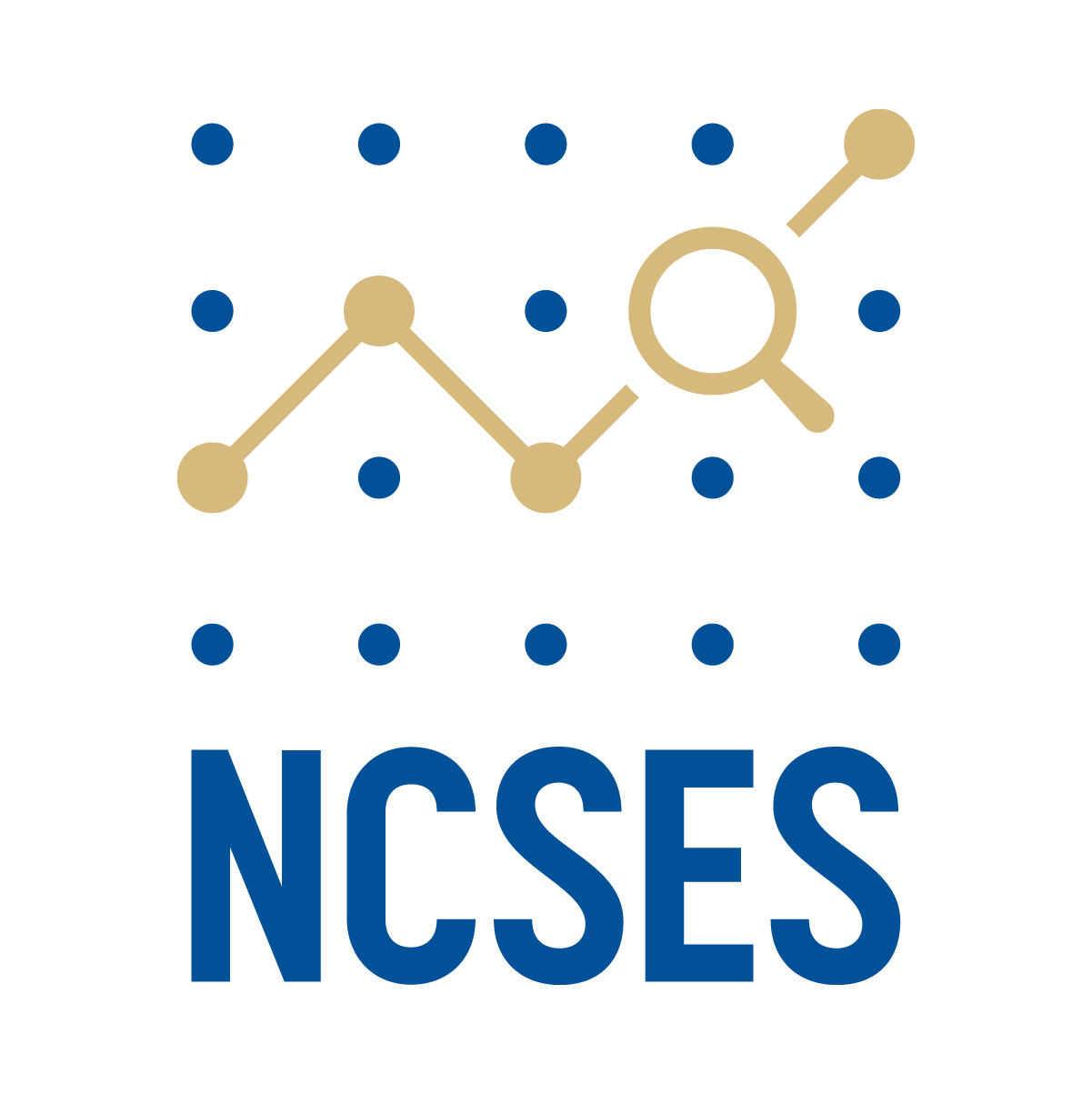Project Name:
Data Integration to Estimate Science, Technology, Engineering and Mathematics (STEM) Attrition and Workforce Supply: A Pilot Approach
Contractor: The Coleridge Initiative, Inc.
Lessons Learned
- Given the scope of the literature review we need to accommodate for changing definitions of STEM over the years. We are working closely with Arkansas to align how we operationalize this definition to account for changes within state policy so that the analytical plan can best reflect the policy environment. However, we also understand the need to support more generalizable definitions should they not align. We will continue to iterate on this over the coming months as the literature and data review formalized. This will be a section on the literature review.
- There is a tremendous amount of qualitative and small study work in this field. For relevance and to minimize the number of studies eligible for review we have decided to exclude qualitative studies or studies that include very small samples.
- One lesson learned has been that the identification of an exhaustive list of relevant search criteria prior to conducting a literature search is inadvisable. Many literature searches involve identification of a very narrow research question and therefore have a very strict way of identifying relevant search terms at the outset. However, due to the broad nature of providing an overview of the data landscape in the U.S., adhering to a strict single list may limit the scope of our analysis to the detriment of understanding the full STEM attrition data landscape. Therefore, in order to support a robust landscape evaluation, the literature search must be an interactive process to incorporate important search terms that are identified throughout the search.
- Executing the subaward requires outlining of data ownership (NSF vs. the state of AR) and governance.
- Building state driven research requires a triangulation of what is known through prior research (where the gaps are and where generalizability is a concern), broad state priorities, and specific state policy initiatives. We believe this triangulation provides the best foundation for states to work together and benefit from a cross-state data infrastructure.
- There is a need to think differently about the STEM pipeline as more than just a throughput that has flow and leakage. It is more of an ecosystem that sees workers upskill and reskill through feedback processes that sees them enter and exit STEM skill acquisition through educational and training opportunities and deployment in the workforce.
- Building a coalition among states is most successful when they have clear gubernatorial or legislative prioritization and support for the work.
Disclaimer: America’s DataHub Consortium (ADC), a public-private partnership, implements research opportunities that support the strategic objectives of the National Center for Science and Engineering Statistics (NCSES) within the U.S. National Science Foundation (NSF). These results document research funded through ADC and is being shared to inform interested parties of ongoing activities and to encourage further discussion. Any opinions, findings, conclusions, or recommendations expressed above do not necessarily reflect the views of NCSES or NSF. Please send questions to ncsesweb@nsf.gov.




